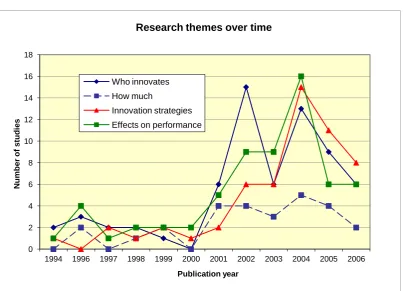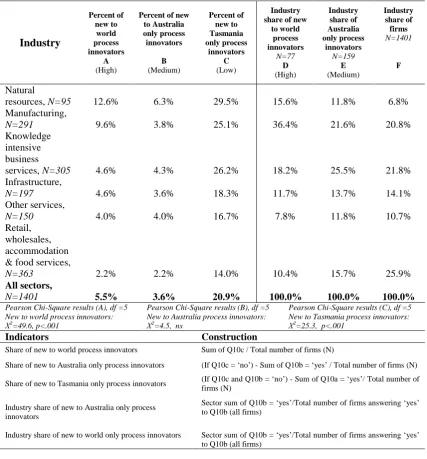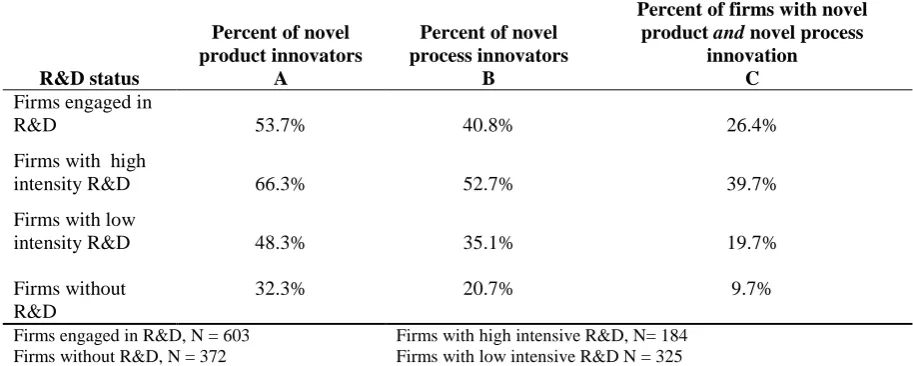The evolution of subject approaches to innovation measurement, and implications for new innovation indicators
Full text
Figure




Outline
Related documents
To provide the coding ability in the categories, peer check was used (by the advisor, consultant professors, and two PhD students). Futile care, burnout, fear of the
Conclusion: The success of this study demon- strates that the instructional design using expe- riential and transformative educational theory and general ergonomics concepts is
However, Random Linear Codes (RLC) based storage schemes do not target any degree distri- bution while Fountain-codes-based schemes target some form of degree distribution used by
The fuel and cladding surface temperatures for higher power density cases (e.g. Case 3) are higher than for lower power density cores (e.g. Case 1), as expected due to
The results reveal that child care expenditures (in con- stant 2011 dollars) were higher on average in 2011 than in 2005 and that low-income families who received child care
Findings from three empirical studies of the recent revival of the Dutch beer brewing industry suggest that renewal is more likely in industries that (1) provide actors with a
With the use of the technology, the academic results of the students were shown to be significantly better than those obtained by students of the same teachers on previous
*Practicum experience begins once students have completed ECDE 1001, 1002, 1005, 1008, 1009, Psychology 1100 and 2261 and have been formally admitted to the Early





